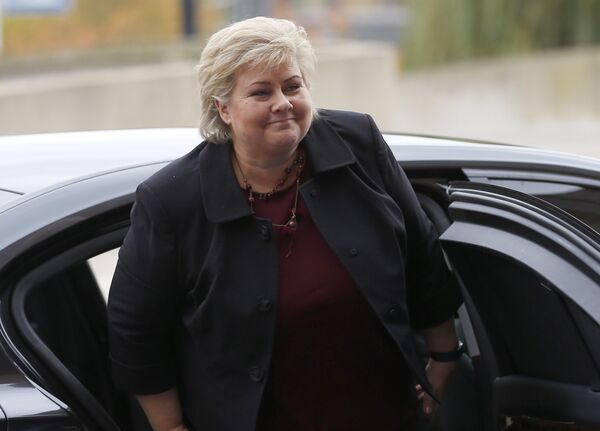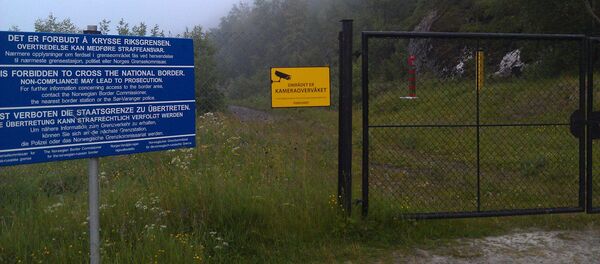Norwegian voters are heading for the voting booths in the final day of an intensely uncertain election. Polls show a very close-run battle between Norway's Conservative and Labor parties, with each forecast to grab roughly half of parliament's 169 seats. While the former party trailed the latter for much of 2017, as the election has neared, its polling fortunes have reversed.
#Norway Elections 2017 #
— Goggle Doddle (@GoggleDoddle) September 10, 2017
Date: September 11, 2017
Today is election day for Norway’s national parliament, the Storting. Every four years,… pic.twitter.com/LQkOcO2X4S
3.76 million Norwegians are registered voters, and turnout is expected to be high — quite contrary to the overall trend in Europe of declining electoral interaction, in 2013 78.3 percent of voters in Norway cast their ballot.
Under the country's high proportional voting system, as many as nine parties could win parliamentary representation — two parties on the right, two on the left and one in the center, and the independent Greens, are all expected to cross the 4-percent threshold to enter parliament — although the incumbent Conservatives, led by Erna Solberg, and Labor, led by Jonas Gahr Store, are vying for the top spot.
Final #nrk TV debate before Norway election Monday. @erna_solberg did well. Extremely tight race. pic.twitter.com/6yOjSxA7qV
— Carl Bildt (@carlbildt) September 8, 2017
Tax, public services and oil exploration have been the key issues of the campaign — Prime Minister Solberg plans to cut taxes if her coalition returns to power, while Store is standing on an explicit platform of tax hikes and improved public services. Solberg's left-bloc claim there is no option but to raise taxes because of the way the Conservatives have been spending money and giving tax breaks to the rich.
Norway is already home to some of the world's most progressive income-tax rates, with a top marginal rate of 46.7 percent, and a total burden of around 45 percent, far above the OECD average.
Possible Scenarios
A potential problem for Store is that, given his immense personal wealth and background, his high tax pledges may be difficult for average Norwegians to swallow. He leads a party traditionally associated with the country's working classes, but was educated at the Royal Norwegian Naval Academy and the Institut d'études politiques de Paris, followed by a fellowship at Harvard, and is expected to inherit a vast fortune.
If Solberg is successful, she will become the first Conservative in over three decades to win a second straight mandate.

Nonetheless, irrespective of the outcome of the election, the result is likely to have a major impact on Norway's crucial oil industry — several smaller parties, which will hold the balance of power in any post-election coalition agreement, seek to impose limits on exploration in the Arctic Ocean off Norway's coast.
The country's oil and gas industry has been fundamental to the success — and failure — of governments in Norway for some time, as the sector accounts for almost 50 percent of the country's export revenues. During the early-2000s oil-rush, the country's wealth expanded exponentially, but the collapse of global oil prices sent the country in an economic downturn post-2010.
While the polls close at midnight CEST, the final results will likely only be tallied later in the week, given the closeness of the race — Solberg's four-party coalition may garner 85 seats, a majority of one, while the opposition is expected to win 84 seats. Given the parliamentary precariousness such a result would inevitably produce, smaller parties will be vital kingmakers, and their demands must be catered to.
National daily Aftenposten has listed 10 different possible government coalition permutations.




